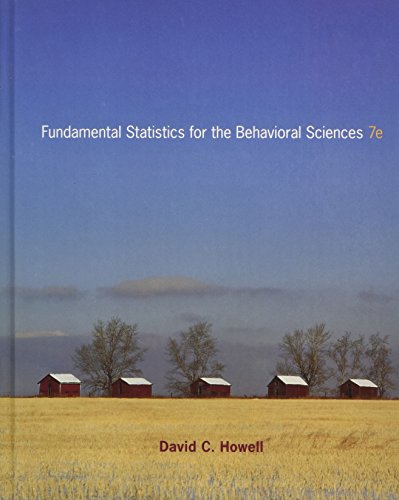Seligman, Nolen-Hecksema, Thornton, and Thornton (1990) classified participants in their study (who were members of a university
Question:
Seligman, Nolen-Hecksema, Thornton, and Thornton (1990) classified participants in their study (who were members of a university swim team) as Optimists or Pessimists. They then asked them to swim their best event, and in each case they reported times that were longer than the swimmer actually earned. Half an hour later they asked them to repeat the event again. The dependent variable was so a ratio greater than 1.0 indicates faster times on the second trial. The data follow.
Optimists 0.986 1.108 1.080 0.952 0.998 1.017 1.080 1.026 1.045 0.996 0.923 1.000 1.003 0.934 1.009 1.065 1.053 1.108 0.985 1.001 0.924 0.968 1.048 1.027 1.004 0.936 1.040
Pessimists 0.983 0.947 0.932 1.078 0.914 0.955 0.962 0.944 0.941 0.831 0.936 0.995 0.872 0.997 0.983 1.105 1.116 0.997 0.960 1.045 1.095 0.944 1.069 0.927 0.988 1.015 1.045 0.864 0.982 0.915 1.047 Calculate the mean for each group. Seligman et al. thought that optimists would try harder after being disappointed. Does it look as if they were correct?
Step by Step Answer:

Fundamental Statistics For The Behavioral Sciences
ISBN: 9780495811251
7th Edition
Authors: David C Howell






